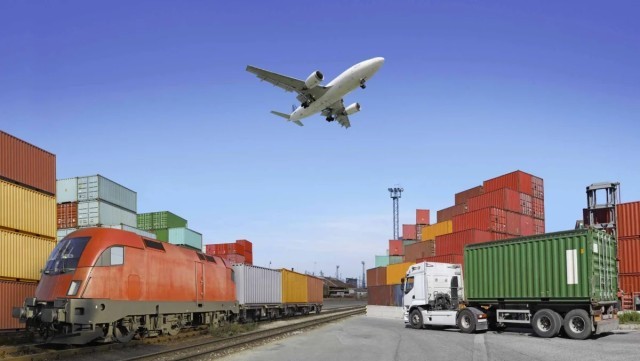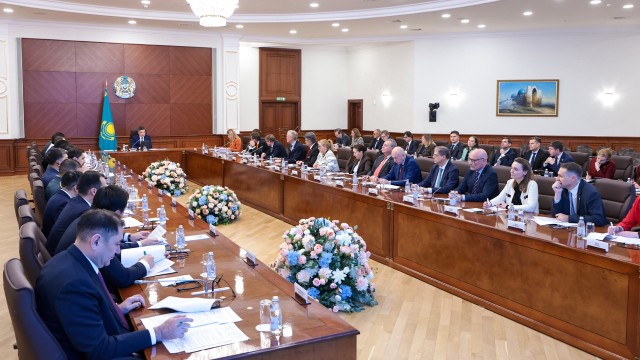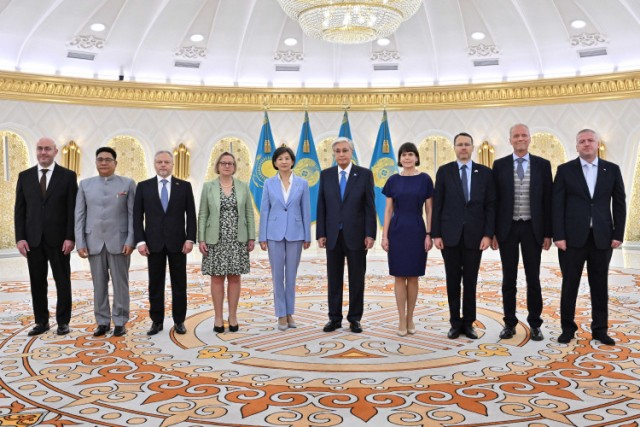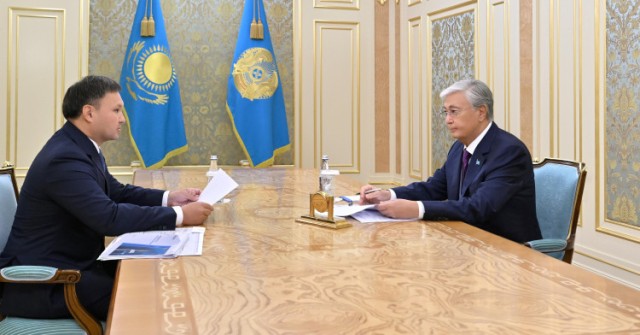
Kazakhstan is focusing on its transit potential, and this is not just talk but a large-scale effort. The country is building out the
Trans-Kazakhstan Corridor, with construction underway simultaneously in the
north, south, and east. According to the Kazakhstan Temir Zholy (KTZ) National
Company, the pace of work has accelerated, already helping to
redistribute transit flows. Over the past month, 647 freight trains and 235
container trains passed through the newly opened second tracks on the Dostyk-Moiynty route. Once fully
commissioned, this section will increase freight capacity from China fivefold.
«Four major
infrastructure projects are currently being actively implemented. As you know,
the 836-kilometer Dostyk-Moiynty project was launched on September 30. The
commissioning certificate will be signed by the end of the year. The second
project is the construction of the Kazybek bi-Zhetigen railway line between
local stations bypassing Almaty. It includes 75 kilometres of main tracks and
121 kilometres of station tracks. Operational traffic will also begin this year,» said Marat Iskaliyev,
Managing Director for Construction at KTZ.
The large-scale construction projects are not only
increasing the appeal of transit routes through Kazakhstan, but also linking the
country’s industrial hubs. The
Darbaza-Maktaaral project will ensure direct rail access to the southern regions and
help redistribute transit flows across Central Asia. Meanwhile,
the construction of the Moiynty-Kyzylzhar line, a key
segment of the transport corridor stretching from the Chinese border to the
Caspian Sea, will shorten delivery times.
«The 152-kilometer-long
Darbaza-Maktaaral project, being built in the Turkistan region, is scheduled
for completion in December 2026. This will undoubtedly increase transit volumes,
boost capacity, and improve infrastructure. That’s our immediate priorities. It will also
provide additional impetus to the socioeconomic development of the regions
where the project is being implemented,» Iskaliyev noted.
Construction is also underway on the Bakhty-Ayagoz line. It will become
Kazakhstan’s third railway crossing with China and nearly double the corridor’s
capacity – from 28 to 48 million tonnes per year. The new route, stretching
almost 300 kilometres, will shorten delivery distances by a further 320
kilometres. Overall, Kazakhstan plans to build around 5,000 kilometres of new
railway lines over the next three years and renovate an additional 11,000
kilometres of existing tracks.









